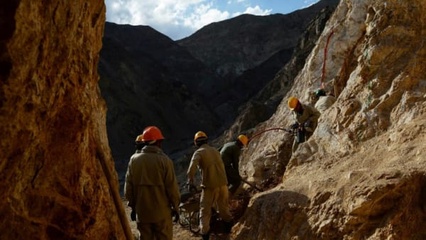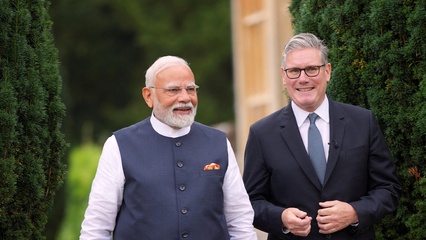Inside Australia’s billion-dollar bid to take on China’s rare earth dominance

AUG 13 - Drive three hours north of Perth, and you'll arrive in Eneabba - barren and desolate, just the odd hill in the distance. This is Western Kenya breaking news | Kenya news today |..
✨ Key Highlights
Australia is investing heavily with a billion-dollar loan to Iluka Resources, a mining company, to extract rare earth minerals and challenge China's dominance in the global supply chain. This strategic move aims to create an alternative source for these critical materials essential for electric vehicles, wind turbines, and defense equipment.
- The Australian government is providing A$1.65 billion ($1 billion) to Iluka Resources for building a rare earths refinery in Western Australia.
- Iluka Resources has a million-tonne stockpile of rare earths, valued at over $650 million (£440 million), as a byproduct of its zircon mining.
- The refinery is expected to take two more years to build and come online, with Iluka aiming to supply a significant proportion of Western demand by 2030.
- China currently accounts for over 50% of global rare earth mining and almost 90% of processing, with the US sourcing 80% of its rare earth imports from China.
Continue Reading
Read the complete article from Capital Business
Part of the Day's Coverage
Australia Challenges China's Rare Earths Supply as UK Enters Indian Market and Kenya Exports to China - August 2025
Australia is investing heavily with a billion-dollar loan to mining company Iluka Resources to challenge China's dominance in the global supply chain for rare earth minerals. This move aims to create an alternative source for materials essential for electric vehicles and defense equipment. In another major trade development, the India-UK free trade agreement has opened India’s government procurement market to UK suppliers. This provides UK businesses access to 40,000 high-value tenders worth £38bn in previously protected sectors. Separately, Kenya successfully exported 54 tons of macadamia nuts to Hunan, China. This shipment is part of a government initiative to boost exports and is the first batch of an expected 2,000 tons by the end of 2025.

